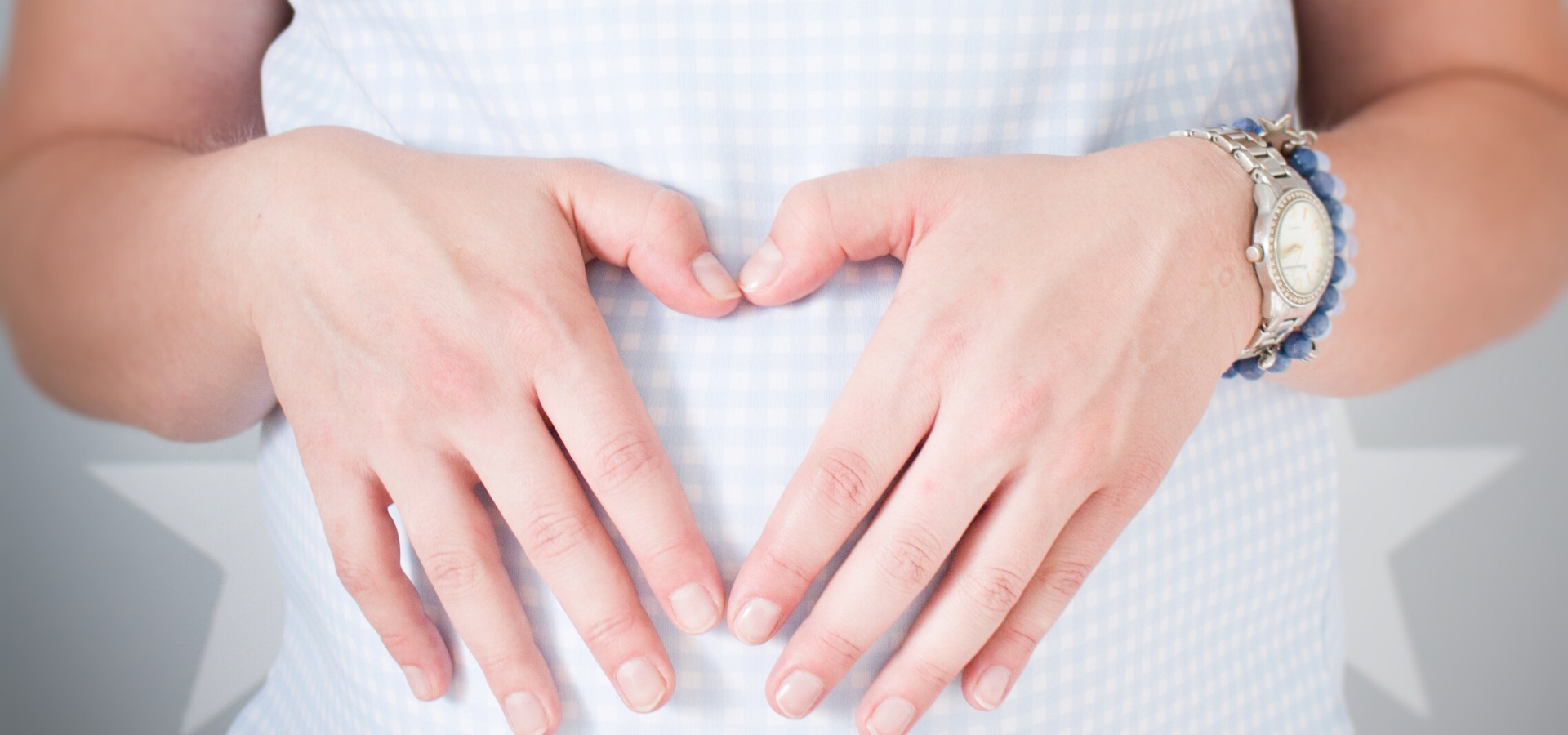It all starts with a scratchy throat and before long you have headache, fatigue, fever, an onslaught of snot or a dry niggling cough… and no energy to get out of bed. Winter colds start slowly while flu viruses set in quickly with the change of season, and with similar symptoms, colds and flu can lead to more serious illness including bronchitis, sinusitis, pneumonia, asthma, strep throat, or ear infection. Over 200 viruses cause the common cold and there are multiple strains of the flu, which contagiously circumnavigate the globe each year affecting between 5 to 20 percent of the population. Flu germs spread up to three feet when an infected person coughs, sneezes or speaks and can easily enter your body through touching eyes, nose or mouth with viruses surviving up to 24 hours and spread across commonly touched door handles and staircase balustrades. Stay fighting fit and prepare ahead for winter by boosting you and your family’s immunity against germs and viruses with your own naturally occurring, organic apothecary of pure healing essential oil aromatherapy kits for home and office to provide everyday immune support, remedies and relief from colds, flu, cough, and congestion. Protection & Prevention with SOiL’s Natural Essential Oils Children and the elderly are most affected by the flu as their immune systems are still developing or as in the latter, declining with age. Research shows that stress and a lack of adequate sleep (at least 7 hours per night) also heightens your risk of catching a cold. As a natural alternative to medication, pure essential oil aromatherapy includes properties that can fight viruses, alleviate flu symptoms, increase comfort during illness, treat symptoms like congestion, reduce fever and shorten the duration of your illness. Benefit from the best emotional and physical support with essential oils when you diffuse them, this is also the easiest way for young children and the elderly to get the best effect, and when you want to clean the environmental air in an office, retail store, schoolroom, or community. A diffuser neutralises airborne pathogens, supports your respiratory system, quietens, and sedates your nervous system and triggers positive emotional states. Clean the Air: To cleanse the air and promote clear breathing and healthy respiratory functioning use eucalyptus, peppermint, lavender, and lemon. Sleep Deeply: To support sleep diffuse lavender, chamomile, bergamot, and sandalwood essential oils. Build Immunity: SOiL’s Immunity Blend 10ml R85.00 offers a pre-blended oil of Lemongrass, Benzoin, Tea Tree, and Thyme oil to guard against illness. Shield: SOiL’s Shield Blend 10ml R75.00 is a spicy citrus mint blend that creates a barrier against unwanted germs and bacteria to support a healthier environment, immune and respiratory function. SOiL AROMATHERAPY DIFFUSERS: The SOiL Ceramic Aroma Burner R150.00 is the perfect size for essential oil use as a scented room aroma for ambiance or therapeutically with your favourite SOiL essential oils or aroma wax melts. The SOiL Ultrasonic Aroma Diffuser R600.00 disperses the essential oils into the air via a fine mist. Low on energy, this cold mist diffuser uses water and ultrasonic vibrations to disperse the molecules of the essential oil into the air via a fine mist. Easy to use and clean, it offers a full power, timed and intermittent setting of 15 second intervals. For 200ml of water, add between 6-10 drops of SOiL essential oil depending on the desired strength of aroma and the size and ventilation of the room. The Ultrasonic Diffuser holds a one-year guarantee. You can also inhale essential oils by sniffing the bottle directly or adding a few drops of essential oil to a cotton ball or handkerchief. You can also dilute oils in a carrier oil and massage them into your skin, head, neck, and feet, or add them to steamy bathwater or large bowl of hot water for steam inhalation. The BIG FIVE of Flu Remedy & Relief with SOiL #1 SOiL Eucalyptus – South African grown Eucalyptus (Eucalyptus Smithi) essential oil R30.00 protects against colds, reduces fever, fights viruses, clears breathing passageways, and soothes muscular aches. Pleasant in a massage blend or as a steam inhalation, it is a popular decongestant, helping to loosen phlegm and treat coughs. The Eucalyptus tree is native to Australia and the Aboriginals see it as a symbol of strength, protection, and abundance. They have used it for centuries to purify and negate negative energy and with its antiviral and antimicrobial properties, a cool compress will reduce a fever. #2 SOiL Chamomile – Chamomile is one of the most ancient medicinal herbs known to humankind according to the National Library of Medicine, with anti-inflammatory and antispasmodic properties and while it relieves cold and flu symptoms it is also used for hay fever, inflammation, insomnia, muscle spasm, menstrual disorders, ulcers and much more. There are two types available, both with calming properties: German Chamomile (Matricaria recutita) R350.00 offers anti-inflammatory and antispasmodic properties and is known to relieve skin disease and stomach distress, and severe skin problems like allergies, eczema, psoriasis and healing and tissue regeneration. Roman Chamomile (Anthemis nobilis) R200.00 is distilled from the flowering tops of the plant with a pleasant apple fragrance. It is a gentle oil, which makes it suitable for children. With relaxing and pain-relieving properties use it to treat complaints of the digestive and nervous systems, sooth teething in infants, colic, and indigestion and nervous system with sedative and anti-inflammatory effect. #3 SOiL Lemon Tea tree oil is antibacterial, antiseptic, and antimicrobial, making it ideal for not only treating cold and flu symptoms, but also preventing illness. The SOiL Lemon Tea Tree oil 10ml (Leptospermum Petersonni) R50.00 is perfect for a respiratory essential oil blend to help combat coughs and colds. #4 SOiL Peppermint Oil (Mentha Piperita) R60.00 has antiviral and antibacterial properties, kills airborne germs and acts as a natural decongestant and fever-reducer. Containing menthol, it soothes sore throats and quiet coughs, sinusitis, and infection #5 SOiL Easy Breathe Blend 10ml R80.00 Expertly formulated by SOiL’s certified aromatherapist, this blend of essential oils



































